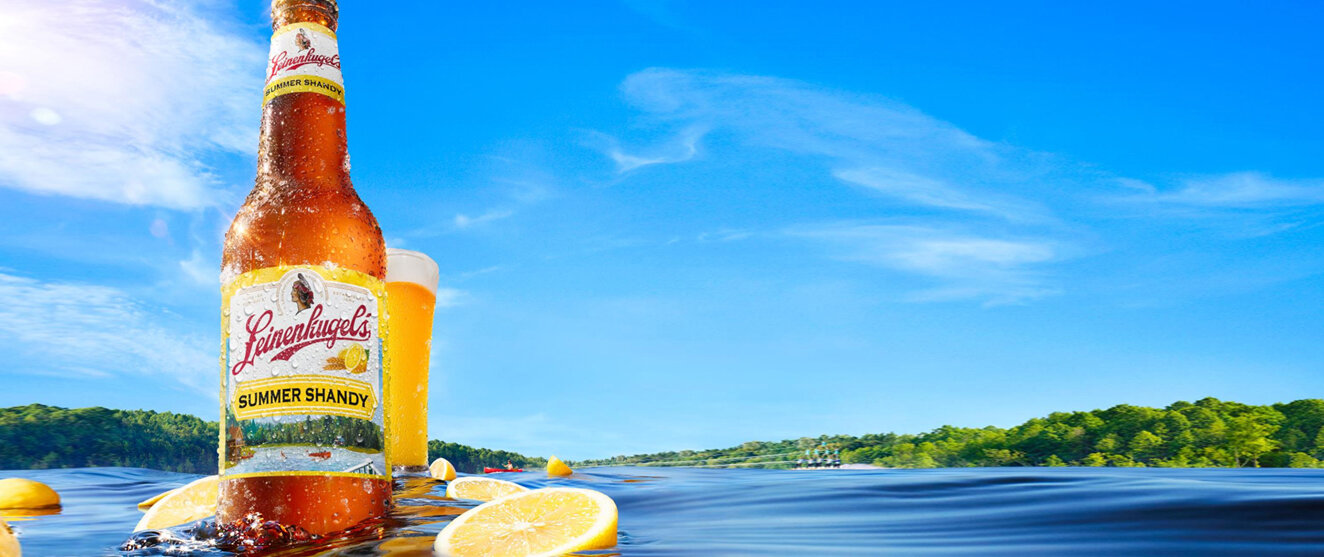Lemonade with a Head: Beer Cocktails Known as Shandies and Radlers
As I was riding my beach cruiser around the neighborhood one sweltering summer evening, I suddenly developed a hankering for an ice-cold refreshment. When I returned home, my daughters were playing lemonade stand outside in the yard. I grabbed a beer from the fridge and went outside to play with them. It didn’t take long, of course, for them to cajole me into giving them real money for some of their lemonade. Being the funny dad that I am, I immediately poured my beer into the lemonade and started to drink it, which to them was “Gross, Daddy,” but was actually quite delicious and refreshing.
The story of the creation of shandy or radler beer is probably not all that different than my own story. A shandy is a British term, shortened from shandygaff, which was defined as a blend of beer with ginger ale or ginger beer. The gaff part is a possible combination of the words ginger and half which would describe the ingredients in the cocktail, but some historians have found other meanings relating it to slurs about lower-class people who would have gaffed (laughed or acted wildly) upon drinking it. Some believe it originated as a way for the poor to stretch their beer supply and they certainly would not have been able to afford champagne, which was also commonly mixed with beer at the time, and was a drink of the well-to-do. Today, the definition of shandy has expanded to include beers mixed with any sort of carbonated beverage or juice.
Radler essentially is the same thing as a shandy, but it is a German term and usually refers to beers mixed with a sparkling lemonade or lemon-lime soda. The word radler actually mean cyclist in German, and story has it that an innkeeper named Franz Kugler invented the drink on a hot day in June 1922. During the bicycling boom of the ’20s, pleasure riding became a popular pastime, and it is claimed that one day a group of 13,000 cyclists arrived at the inn wanting a cold beer. In order to extend his beer supply, he started mixing beer with a lemon soda that he had in storage that wasn’t selling and the drink became a hit! Kugler built a bike path to his inn from nearby Munich, and the success of the radlermass (as it was originally called, meaning “cyclist liter”) spread far and wide across Europe.
Some of the best radlers you can find today still come from central Europe. Remember, radlers are not beers, they are beer cocktails, so you cannot judge them the same. Also, radlers and shandies were traditionally made with fresh beer and fresh soda, and they are quite difficult to produce in a packaged product because the beer must be fully pasteurized so that the yeast does not continue to eat the sugars in the soda/juice and keep producing alcohol and off flavors. Thus, many of the big-market brands are made with fake juices or sugarless substitutes. Try these out for size, or make your own. You never know what you might create!
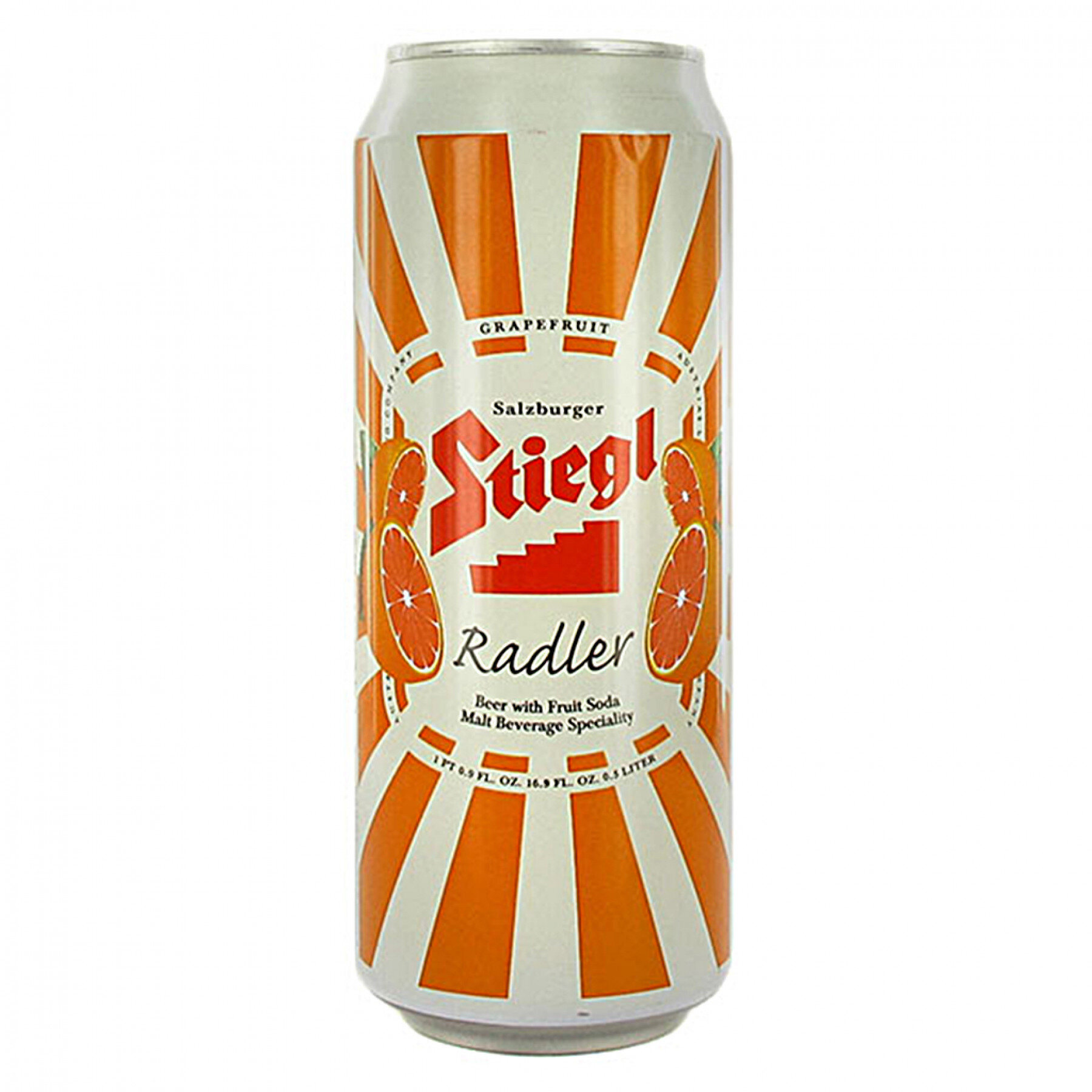
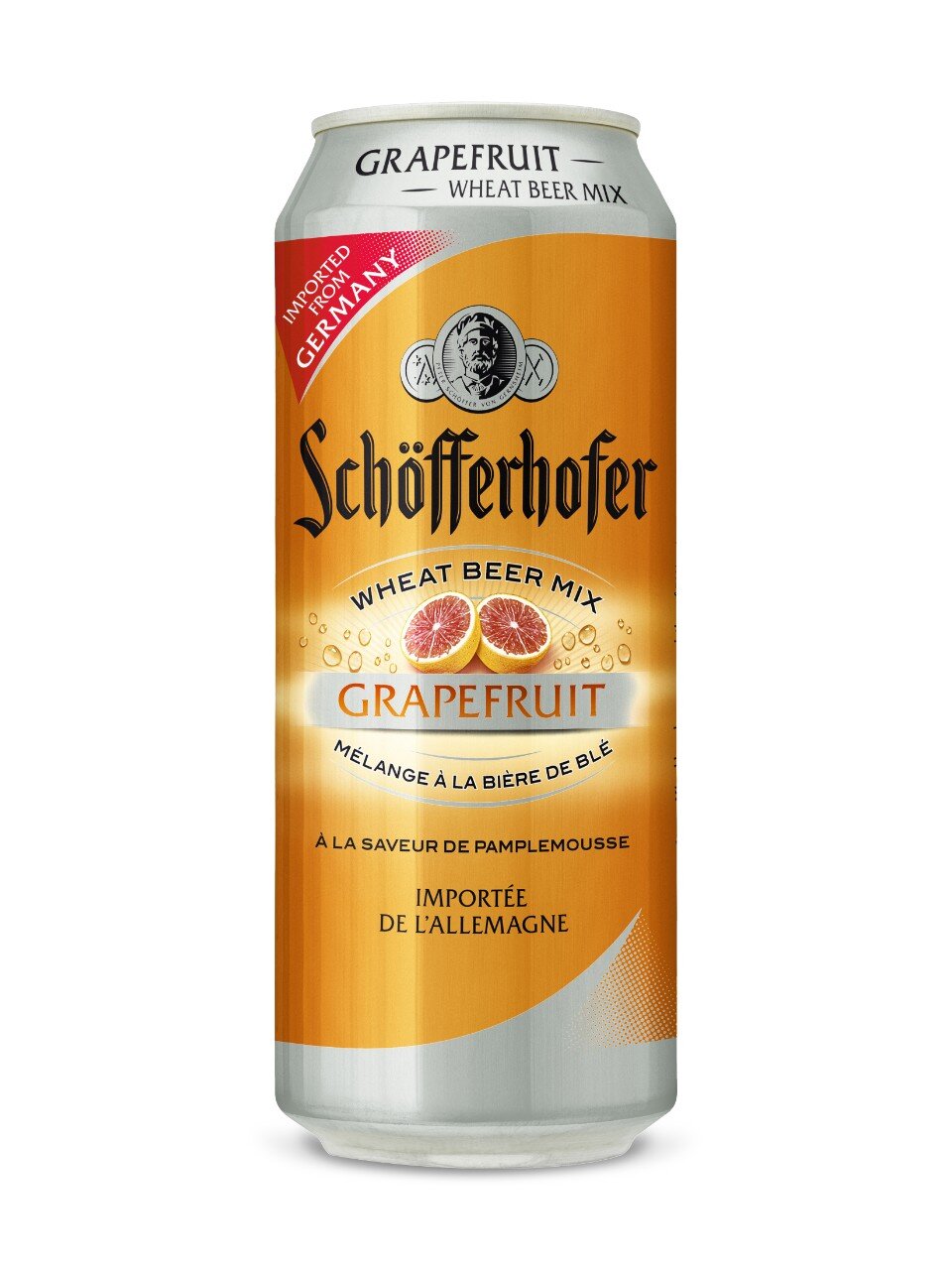
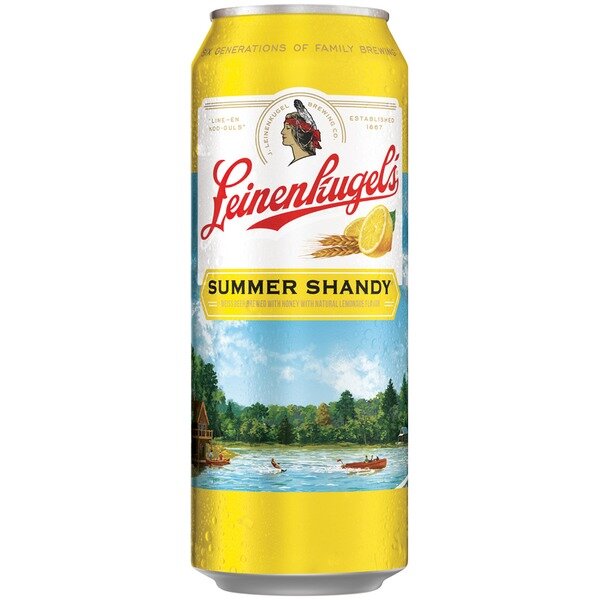
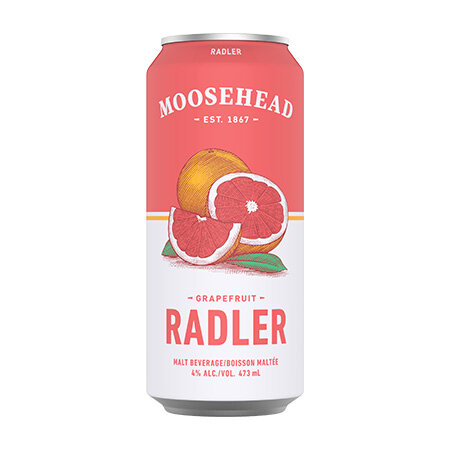
Schofferhoffer Grapefruit (2.5% abv) Frankfurt, Germany
This beer made a push to market a few years back and I actually really enjoy this low-abv grapefruit radler. It is a bit sweet and sugary, but not over the top, so you can drink a few and feel refreshed.
Stiegl Grapefruit Radler (2.5% abv) Salzburg, Austria
Made with real grapefruit soda, this one is a bit tangier and tarter than the Schofferhoffer. Still very refreshing and very grapefruity with hints of orange and lemon. A true backyard barbecue beer that even the non-beer drinker will enjoy.
Leinenkugel Summer Shandy (4.2% abv) Chippewa Falls, Wisc.
The highest-selling shandy beer in the U.S., this one is a must-try simply due to its ubiquity. “Lemonade beer with a wheaty backbone” is how I would describe the flavor, with malty sugars, lots of lemon zest, and bit of yeast on the palate.
Moosehead Radler (4% abv) New Brunswick, Canada
Moosehead beers are surprisingly decent, and I have to say that I really enjoy the radler. We picked up a few cases last year at The Whitebrier because the guys who run our annual Cornhole Summer Shootout are sponsored by Moosehead. Nobody drank the beer, so I ended up consuming the leftover cases over the rest of the summer. Though the can is pink and the beer fruity, I am not embarrassed to say that it’s one of my favorite session beers.
Ginger Lemon Radler by Boulevard Brewing (4.1% abv) Kansas City
Going more along the lines of a traditional shandy, this delicious offering utilizes the spicy characteristics of a ginger beer and the lemon zestiness of a radler. An unfiltered wheat ale like Leine’s, this one has the big, fuzzy mouthfeel of a beer and the crispness of a lemon soda.

